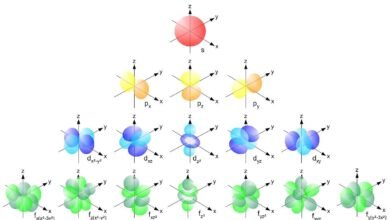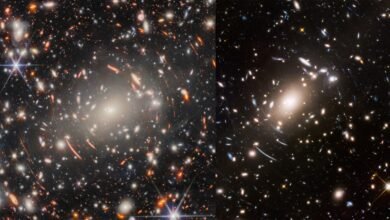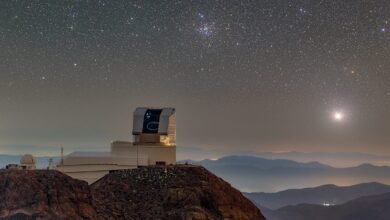Ask Ethan: Where does cosmic dust come from? | by Ethan Siegel | Starts With A Bang! | Sep, 2025

Dust is ubiquitous in the modern Universe, appearing in nearly all galaxies. But our cosmos was born dust-free. So where does it originate?
If you want to see the Universe, you have to do more than merely open your eyes. Even with the advantage of large, powerful telescopes, even from far above the limitations of Earth’s atmosphere in space, there are still enormous portions of the Universe that are virtually invisible to our optical telescopes. The reason why? Because enormous portions of the Universe are blocked by cosmic dust: small, cold grains of atom-based matter that absorbs and blocks the visible wavelengths of light that human eyes have adapted to see. They obscure enormous regions of the galactic plane, and hinder our ability to observe star-forming regions, planet-forming disks, and objects that lie behind and beyond the plane of the Milky Way.
Sure, we’ve developed many techniques, like multi-wavelength astronomy (particularly at longer wavelengths), to help peer through that cosmic dust, and to identify the objects that lie both inside and behind it, but the existence of cosmic dust itself has been a longstanding puzzle for astronomers. This week’s Ask Ethan question comes from High School teacher Allan Clark, who was puzzled by its…
Source link





